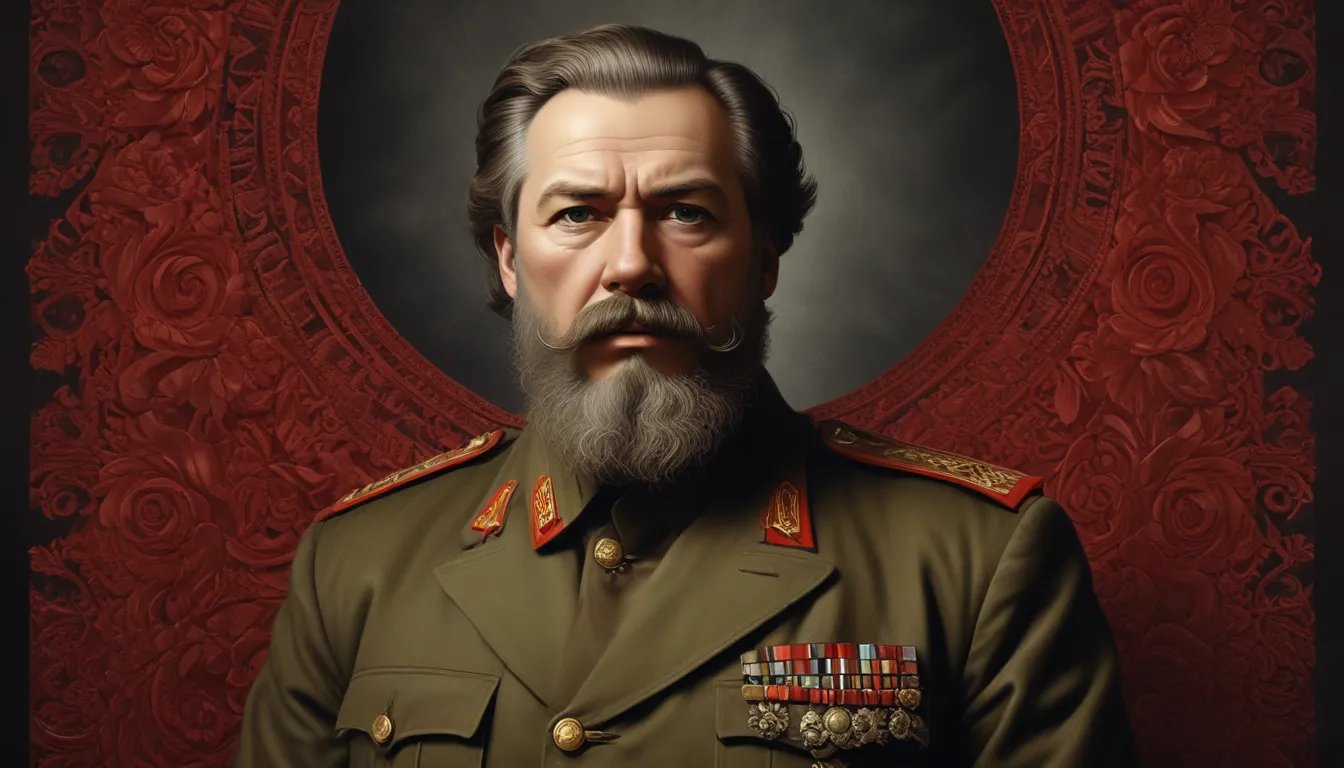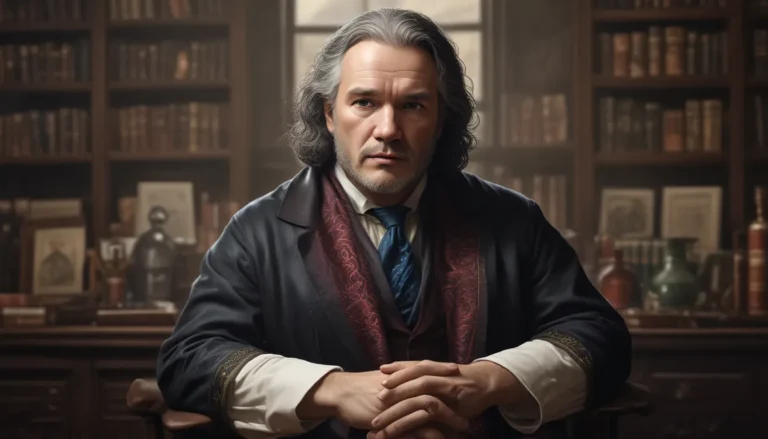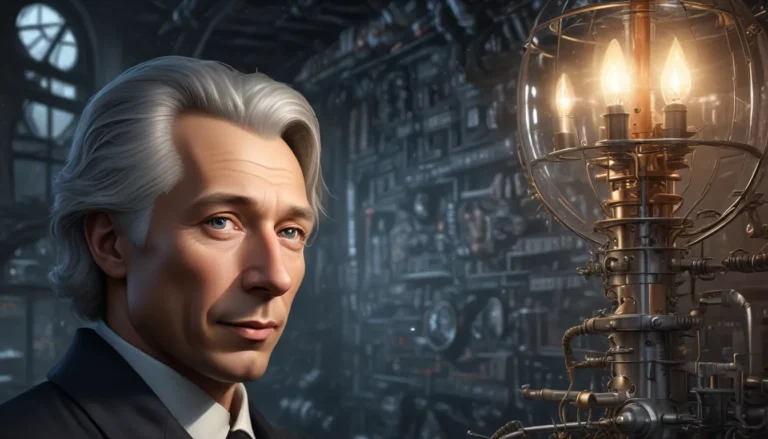The images in our articles may not match the content exactly. They are used to grab your attention, not to show the exact details in the text. The images complement the text but do not replace it.
Introduction:
Joseph Stalin, the enigmatic leader of the Soviet Union from the mid-1920s until his death in 1953, continues to capture our attention as one of the most controversial figures in history. His ruthless and totalitarian regime left a lasting impact, leading to the suffering and death of millions of people. Beyond the well-known atrocities associated with his rule, there are several mind-blowing facts about Joseph Stalin that shed light on his complex personality and the profound influence he had on the Soviet Union and the world. Let’s delve into eight surprising and intriguing aspects of Joseph Stalin that may surprise you.
Stalin’s Rise to Power and Political Maneuvering
Joseph Stalin, the infamous Soviet leader, ascended to power through a series of strategic moves and purges within the Communist Party. His cunning tactics enabled him to eliminate his political rivals and consolidate his authority, ultimately granting him complete control over the Soviet Union.
Stalin’s Industrial Revolution
Under Stalin’s rule, the Soviet Union underwent a rapid industrialization process. Through aggressive economic policies aimed at modernizing the country and promoting heavy industry, Stalin transformed the Soviet Union into a major global power. This brought about rapid growth in industries such as coal, steel, and manufacturing.
Dark Shadow: Stalin’s Collectivization Policies
One of the most tragic consequences of Stalin’s rule was his forced collectivization of agriculture. Peasants were forcibly removed from their lands, and their farms were collectivized under state control. This policy, coupled with mismanagement and harsh quotas, led to a devastating famine that resulted in the loss of millions of lives.
Reign of Terror: Stalin’s Regime of Fear
Stalin’s regime was characterized by a climate of fear and political repression. He utilized a vast secret police apparatus to eliminate dissent and maintain absolute control. Political opponents, intellectuals, and ordinary citizens faced imprisonment, forced labor, and execution, creating an environment of constant surveillance and fear.
The Great Purge: Stalin’s Campaign of Repression
In the late 1930s, Stalin initiated the Great Purge, one of the largest political repressions in history. This campaign targeted perceived enemies within the Communist Party and society at large, leading to the execution or imprisonment of millions of people, including high-ranking officials, military officers, and intellectuals.
Icon of Personality: Stalin’s Cult of Personality
Stalin’s cult of personality reached unprecedented levels, with his image prominently displayed on posters, statues, and public spaces across the Soviet Union. Propaganda portrayed him as a benevolent and visionary leader, fostering a cult-like devotion among his followers and solidifying his grip on power.
WWII Victory and Legacy
Despite his brutal rule, Stalin played a crucial role in the defeat of Nazi Germany during World War II. His strategic decision-making and leadership in mobilizing Soviet forces were pivotal in the successful defense of Stalingrad and the subsequent advance towards Berlin. However, his legacy remains deeply divisive, sparking ongoing debates among historians and scholars.
FAQs:
Q: Was Stalin a dictator?
A: Yes, Joseph Stalin was a dictator who ruled the Soviet Union with an iron fist, suppressing opposition and controlling nearly every aspect of Soviet life.
Q: How many people died under Stalin’s rule?
A: While the exact number is disputed, it is estimated that millions of people lost their lives under Stalin’s regime, with the Great Purge alone resulting in the execution or imprisonment of around a million individuals.
Q: What were some of Stalin’s achievements?
A: Stalin’s industrialization efforts transformed the Soviet Union into a major industrial power, and his leadership during World War II was instrumental in defeating Nazi Germany. However, these achievements came at a great cost to human rights and individual freedoms.
Q: Why is Stalin considered controversial?
A: Stalin is controversial due to his authoritarian rule, oppressive policies, and the immense human suffering that occurred under his regime. While some praise him for modernizing the Soviet Union, others condemn his grave human rights abuses.
Q: How did Stalin’s rule end?
A: Stalin’s rule ended with his death in 1953, leading to a power struggle among Soviet leadership that eventually saw Nikita Khrushchev taking over as the General Secretary of the Communist Party.
Conclusion:
Joseph Stalin’s legacy is a complex and contradictory one, reflecting the turbulent era of Soviet history. His ruthless tactics and oppressive policies resulted in immense human suffering, yet his leadership transformed the Soviet Union into a global superpower. Understanding the enduring debates surrounding Stalin’s rule is crucial in comprehending the complexities of totalitarian regimes and their lasting impact on history.
Indulge in the gripping tales of Russian history beyond Joseph Stalin’s regime, from Aleksandr Solzhenitsyn’s harrowing depiction of Soviet prison life in “The Gulag Archipelago” to the darkly comedic film “The Death of Stalin,” offering a satirical glimpse into the power struggles following the dictator’s demise.
We strive to deliver engaging and credible content, with each fact contributed by real users like you. Our commitment to quality and authenticity ensures that every piece of information we share is not only captivating but also reliable. Trust in our dedication to providing you with fascinating insights and knowledge as you explore historical narratives with us.






